EDITOR’S NOTE: When Verona Stocks died in June 1993, she left a big hole in Grand County. Born on April 1, 1905, Verona watched southeast Utah transformed…from a pioneer town at the turn of the century,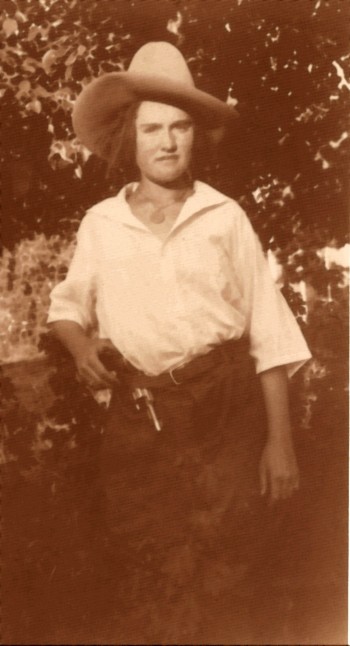 to a uranium mining boom town in the 50s, to the tourist community it has become today. Fortunately, for us, Verona was also a chronicler of the times in which she lived. She had rheumatic fever as a child, and because she could not always be as active as she may have wanted, Verona, in her own words, “heard things and watched how people acted.” About a week after her death, I got a call from Verona’s daughter, Lynda Stocks. She wanted to know if I would be interested in writing a story about her mother. Verona’s life spanned almost the entire 20th Century and Lynda felt compelled to share that life with others. Lynda mentioned that Verona had written a history of her life and wondered if I might want to use an excerpt or two from it. Later that day, Lynda, her daughter Monique and I sat down over a cup of coffee and I got to see the “histories” Lynda’s mother had compiled. Before I had completed the first page, I knew that I was holding a treasure in my hands. I asked Lynda if I could print the entire history, in chapters, for as long as it took to tell the story. She and Monique instantly agreed. In transcribing Verona’s story, I have tried to keep it exactly as she wrote it. I have even left the occasional misspelled word and avoided an attempt to “correct” Verona’s grammar. To me, this story feels like a conversation, and that’s really what it is. It’s her story and her gift to you and me.
to a uranium mining boom town in the 50s, to the tourist community it has become today. Fortunately, for us, Verona was also a chronicler of the times in which she lived. She had rheumatic fever as a child, and because she could not always be as active as she may have wanted, Verona, in her own words, “heard things and watched how people acted.” About a week after her death, I got a call from Verona’s daughter, Lynda Stocks. She wanted to know if I would be interested in writing a story about her mother. Verona’s life spanned almost the entire 20th Century and Lynda felt compelled to share that life with others. Lynda mentioned that Verona had written a history of her life and wondered if I might want to use an excerpt or two from it. Later that day, Lynda, her daughter Monique and I sat down over a cup of coffee and I got to see the “histories” Lynda’s mother had compiled. Before I had completed the first page, I knew that I was holding a treasure in my hands. I asked Lynda if I could print the entire history, in chapters, for as long as it took to tell the story. She and Monique instantly agreed. In transcribing Verona’s story, I have tried to keep it exactly as she wrote it. I have even left the occasional misspelled word and avoided an attempt to “correct” Verona’s grammar. To me, this story feels like a conversation, and that’s really what it is. It’s her story and her gift to you and me.
I was 40 years old April 1, 1945. I thought I was a little too old to have any more babies. What I thought made no difference. Lynda was born June 7, 1945 on mine and Pete’s anniversary. She was very tiny and so cute but I told Pete I did not need any more anniversary presents. Oh! yes he bought me pretty dresses and appliances. He took me to dinners, but the one we got in 1945 was always the most precious.
My first grand child was born early May, 1945. Brent Platos Verona (Vee’s) first baby. The kids are growing up so very fast. I am proud of them all. They help me so much on the farm.
We are still living in the log cabin. It’s a bit crowded now. When the war ended there was no market for uranium or vanadium so a lot of men had no jobs. The stockmen, fruit growers and farmers were not hurt but the miners had to find something else. Our peach orchard was producing enough to pay taxes and Pete was able to find short jobs. We lived well. We had pigs, chickens and milk cows.
Pete got a contract from Fowler digging gold in Miners Basin in 1947. He hired three men to do the work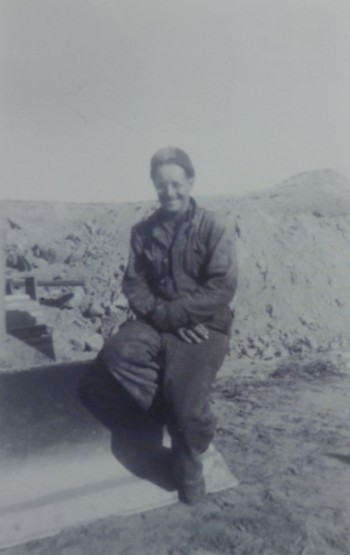 , driving a drift to a place where Mr. Fowler thought the mother lode was. Pete lost money on that deal. Another deal he had was with his brother Angus (Puge) in the sawmill. Pete bought the timber and paid for a new engine to run the sawmill. He got nothing but enough lumber to build a two room house which Puge built for himself on a piece of ground Pete gave him. At the same time Pete gave him the right to use all the water he wanted. That was against my wishes. Oh well! Pete said it served him right when later he had to pay $3,000 to get the land and spring back.
, driving a drift to a place where Mr. Fowler thought the mother lode was. Pete lost money on that deal. Another deal he had was with his brother Angus (Puge) in the sawmill. Pete bought the timber and paid for a new engine to run the sawmill. He got nothing but enough lumber to build a two room house which Puge built for himself on a piece of ground Pete gave him. At the same time Pete gave him the right to use all the water he wanted. That was against my wishes. Oh well! Pete said it served him right when later he had to pay $3,000 to get the land and spring back.
When I got the ditch cleaned up for water turns and the orchard fenced, I had to go downtown and disk some orchards and lots for several people Pete had promised to work for. We needed the money and Pete was in the hospital. Pete was in the hospital about a week when his brother, Dick, joined him. He had gone all through the war against the Japs and had survived several of their night raids. When he came home he was accidently shot in the shoulder by a friend. Pete was in the hospital about six weeks. He could not work for about six months, then at very limited jobs. I worked at different jobs because I still had to look after the farm, take the water turns, mow the hay and do the canning. When school started I was working at the cafe from 4 to 10. I would take Lynda to Phyllis and they would come home on the bus. I always fixed dinner before I went to work. The boys came home and did the chores, Phyllis took care of Lynda and the house.
Pete tried so hard to get back to work and help me. He had several short jobs but Dr. Allen told him he would have to be careful because he had walking pneumonia. He tried some mining and did assessment work on the Wilson Mesa claims that he and Mr. Balsley had. He could not help me much on the farm, mainly because he did not know how to farm. The one thing on the farm he could do and I couldn’t was put up the hay.
Our orchard was mostly peaches. There was some cherry trees, apples and pears. I sure found out Pete did not know what he was talking about when he said it would not be any work for me because peaches were almost a year time job. I pruned them in the winter, watered them all summer and fall, picked and sold them in the fall. I forgot to mention they had to be sprayed at least twice in the spring and early summer and most years they had to be thinned.
I planted corn and alfalfa, melons and a big garden. The melons were planted close to the creek so when the Indians came in the fall to get willows from the squaw brush to make baskets, stands and chairs they could get ripe melons out of the patch. They were very careful not to step on the vines.
Early in the 1950’s the peaches were paying off enough so I could help Pete get the house built like he wanted. We did need those twin boys, they always helped willingly on the farm. We had a farm tractor and when they were eight or nine years old I seldom had to use it.
At this time Pete ran a loader for the County road. He had decided he was not a farmer. The boys and I could cut the hay but when it came to hauling and stacking it Pete did that with the boys’ help.
Pete was recovering from the accident with the tractor so he thought he could mine by himself on his claims on Wilson Mesa. I went to the Mesa a time or two to see how he was doing. He was getting out quite a lot of high grade. He made one shipment then he came home with a high fever. That day he would not go to a doctor. The next morning I called Clara Hettmen, my cousin and a nurse. She came up and talked him into riding with her to the hospital. He seemed to be a little out of his head. I was with him most of that day. At 9 o’clock that night I told Dr. Temple he had something I had never seen. He went in and looked at Pete. He called the University Hospital in Salt Lake City. The next morning they sent a serum by plane to him. He had Rocky Mountain spotted tick fever. He was one of the first people they had tried that serum on. It took a long time for him to be able to work again.
When school was out Peter went to Salt Lake City to find work so he could buy his own school clothes. I called Peter and he came home. It was about 10 days before the doctor thought Pete would live, he was in a coma most of the time. Yes, I needed Peter. We mined some ore out on the Blue Goose in February to get money for Peter’s graduation.
In 1954 Pete and Mr. Balsley sold their uranium claims on Wilson Mesa. Pete got $6,000 to start the new house. One load of peaches August 23, 1954 made another payment of $1,500. I sold two tracts of land which paid for the bathroom and kitchen, etc. August 26, 1955, from the sale of peaches, we finished paying Scharf Construction clear off plus any other bills made for the new house.
Phyllis was good in school and she also took part in so many things. She was in the 4H Club, girl scouts, band, Pep Club, choirs, artist making posters for school activities. When she graduated she received a gold pin for the best all around student and one for the girls’ best athlete. That last one was a shock to me she was such a lady always. It never dawned on me that such a lady always could climb up the trees and cliffs, play hide-and-seek under water with her brothers. She was the first girl to float on a innertube down the Colorado River from the George White ranch to the bridge. I never wanted my girls to work out in the fields as I had done. One day I was picking a pickup load of peaches for someone, seemed like I was rather slow that day. I noticed my baskets were filling up rather fast; I looked around, there was Phyllis picking about two sacks of peaches to my one. She could ride a horse as well as her brothers could also.
We live with people but do we know them as well as we think we do? I have been trying to figure that out for a long time now. Do we know ourself? A different situation comes up our reaction can be puzzling.
Phyllis graduated from Grand County High School in 1956. She spent one week at home before going to a business college in Denver. Peter thought he would be there and they would have a great time together so he paid her tuition fee. That of course was changed, he was gone. Another girl from Moab was going to the same college as Phyllis was so we took them both over and got them settled in the rooming house where they were going to stay. The other girl got homesick and left in about a month. Phyllis was left alone in a strange city where she knew no one. She worked in that rooming house for room and board. She was a waitress and she was required to keep the dining room clean. Several elderly ladies lived there. I do not know how she stuck it out, but she did.
When she graduated from that school, she came home and got a job doing title insurance. She bought a car but lived at home until she met and married John Cortes August 8, 1958.
When Lynda was two, her and I went to Portland on a bus. Every time the bus stopped I had to chase her down to get her back on it. Coming home it was better. She knew we would soon be home. The reason we took that trip was Vee was having another baby. Jonnie Reigles was born August 4, 1947. Lynda was not impressed about the new baby. Vee would let her look but she wasn’t allowed to touch. Lynda had things to do at home. She had a little dog she would dress up and he had to walk upright, she would fix him lunch and put him in her high chair, then she fed him with a fork, if he tried to feed himself she tapped him on the nose. When she played paper dolls we must not speak to her. We all thought she was about the cutest person in the world.
Lynda loved our new house because now we had a bathroom and she could bathe twice a day. She still missed our old log house, I think her and I were the only ones in the family that had really loved that log house. I do not know what her reasons were but that was my first real home since I was a kid. I was born in a log house on the Murphy Ranch, that had been torn down when we lived in Blanding. We had two log houses in Blanding, one on the ranch, the other in town.
Lynda had chances to go many places her brothers and sisters did not have because she was the only one left at home. Pete had a job and we had lots of peaches to sell every fall. Lynda had a charge account at Millers’ clothing and when I gave her money to buy other things she seldom did that. Spending money and eating were two things she did not have time for. I gave her $100 to buy her dresses for graduation, she went to Grand Junction with some girls, they shopped, but Lynda came home and gave the money back to me. Phyllis and I shopped around town and found two little petite dresses that would fit her.
Lynda was good in school. She especially liked ballet, acrobats, music and drama. She was a cheerleader all through her high school years.
By the time Lynda was in high school Phyllis and Jerry were both married and Joe had a job away from home so Lynda helped me on the farm. She disliked the orchard and cut hay, but we had to wait for Pete and Joe to come home to haul and stack it. We did take the water turns. I was glad for her help but I never wanted my girls to work as I had done. I rode after cattle, herded sheep, and worked on the farm. Lynda can saw a board straight and run a chain saw as good as any man can. She could run that farm tractor as well as I could and she was not 5 ft. When she was going up to the fields the neighbors said it looked like the tractor was coming by itself.
As I was traveling across the great plains with my brother and his wife on our way to Missouri, that was in 1956, I could not help thinking about the differences in traveling now and in pioneer days. I thought too, how brave they were because on the other side of every ridge there could be a band of Indians or a herd of buffalo. The first settlers who came to this valley had to take their wagons apart and lower them and their belongings over the bluff in the canyon north of the river. When they reached the river they had to find a place to cross it.
My formative years were spent under circumstances not much different than those of my grandparents. Southeast Utah and the Western Slope of Colorado was untouched by most of the nineteenth century because the treaty with the Indians was not signed until 1877.
Life to me is full of memories big and little with all the funny quirks. My memories are full of music, singing, dancing, laughter and happy voices. Watching children grow up, seeing new faces and hearing different voices all so very precious to me. Of course there is sadness too as loved ones leave us.
My memories lead me into strange places and different situations. I have watched hundreds of Indians going to the High Uintas in the spring, returning to the southern reservation to the south in the fall. I knew some of those Indians. Most of them were good people.
I have ridden in covered wagons across the desert, watched the prairie dogs run for their villages as we drove by and the beauty of the wild horses running in the distance. I rode horseback through some of our parks, only it was cattle and sheep range then. I saw thousands of cattle cross Dry Valley on their way to market. They had to come through Moab and ford the Colorado River to reach Thompson. I saw big horn sheep climbing the ledges down by Dead Horse Point and wild goats on the ledges by Flat Pass. Herds of sheep so interesting to people who lived in cities.
Then came the automobile, the airplane, a man walking on the moon. The TV shows us the whole world and who could imagine a talking car? Oh yes, so much has changed in my lifetime. Watching that change has been very interesting.
Click Here to Read the Previous Installments…
To read the PDF version of this article, click here.
To comment, scroll to the bottom of the page.
Don’t forget the Zephyr ads! All links are hot!

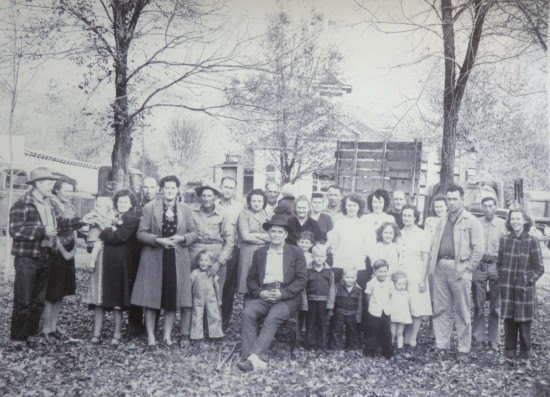
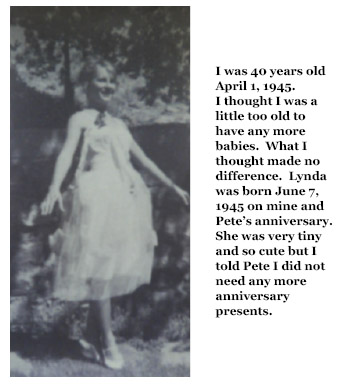
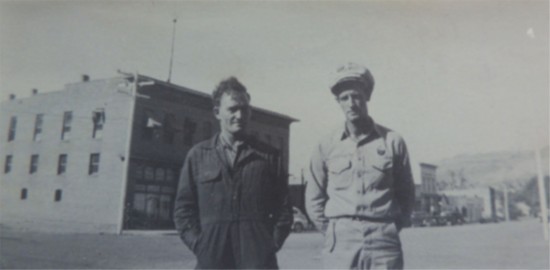
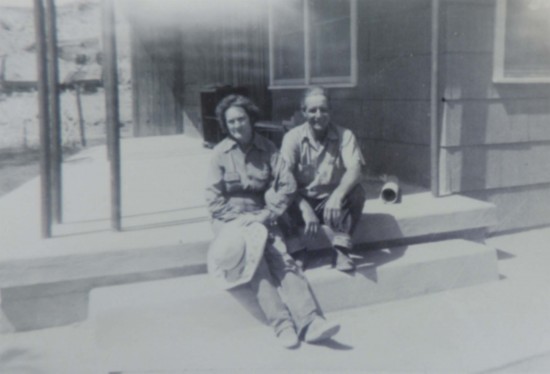
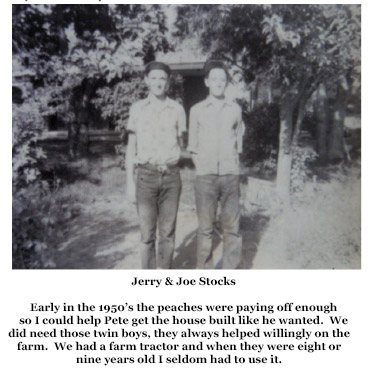
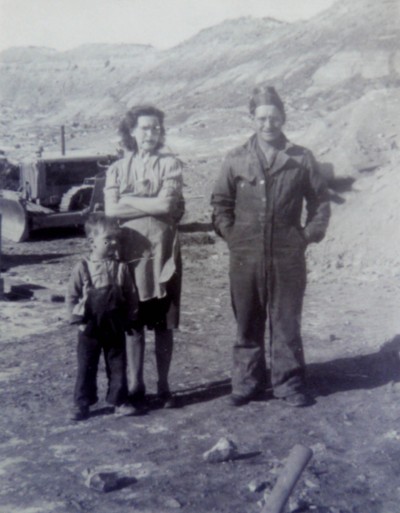
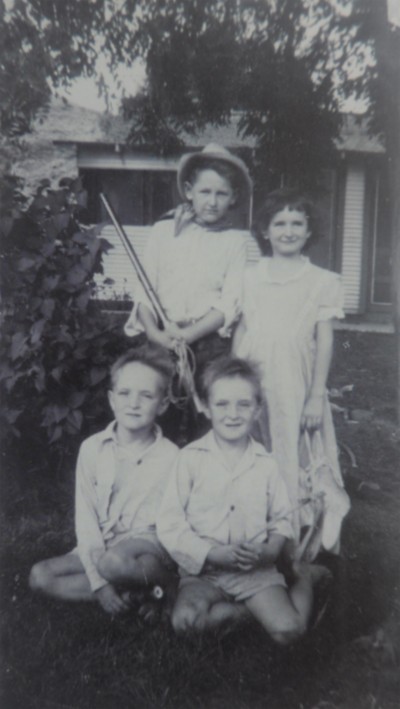
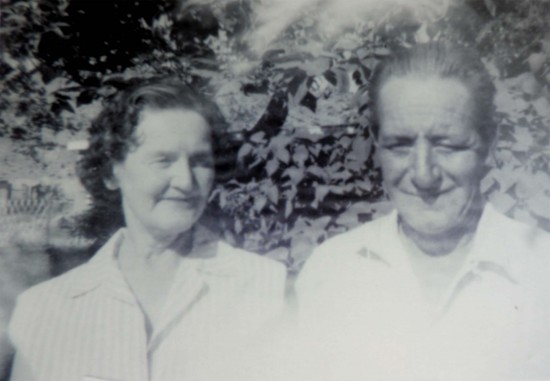
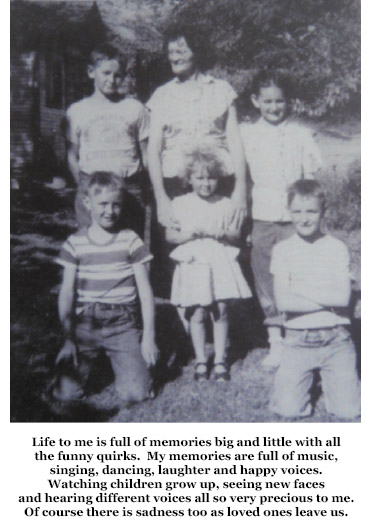

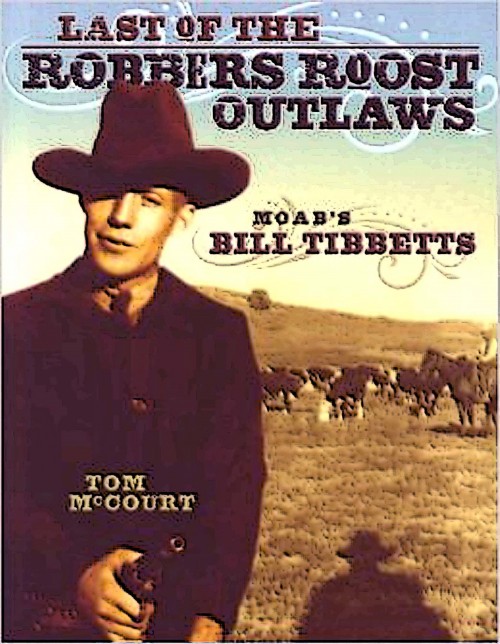

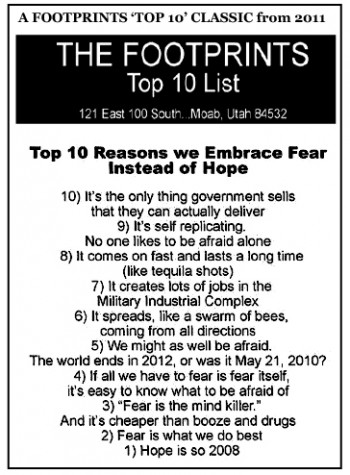

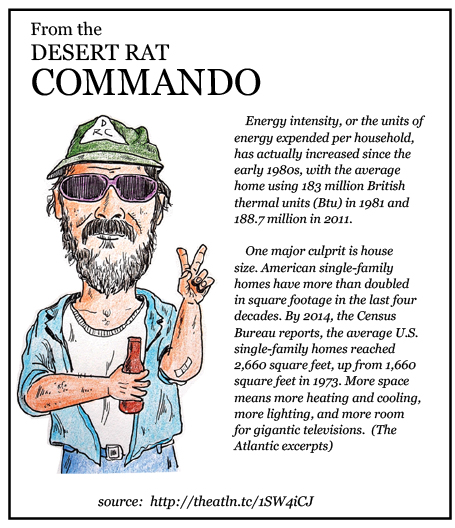

This was a awesome article my family blood line runs deep in this valley thank you for sharing